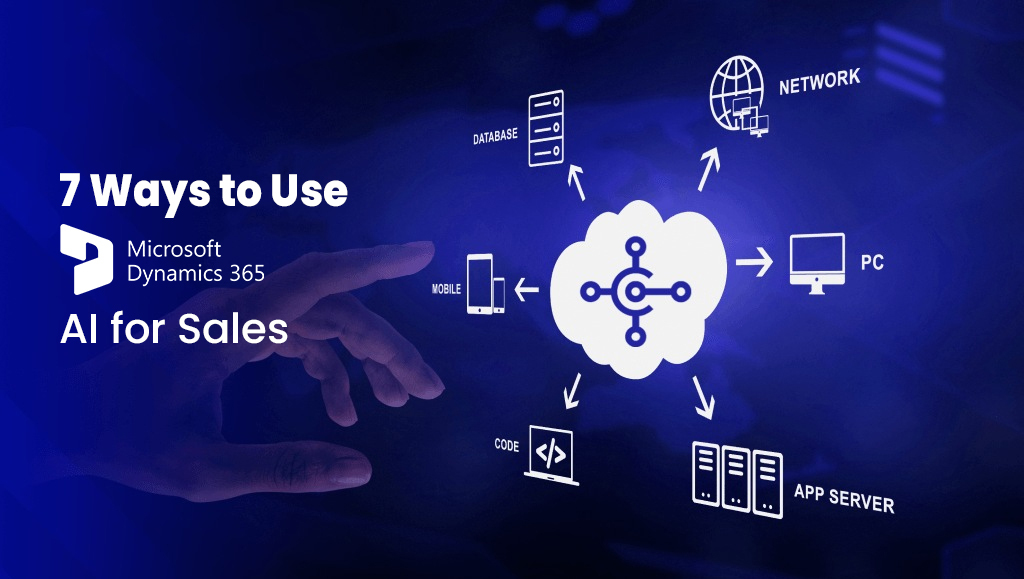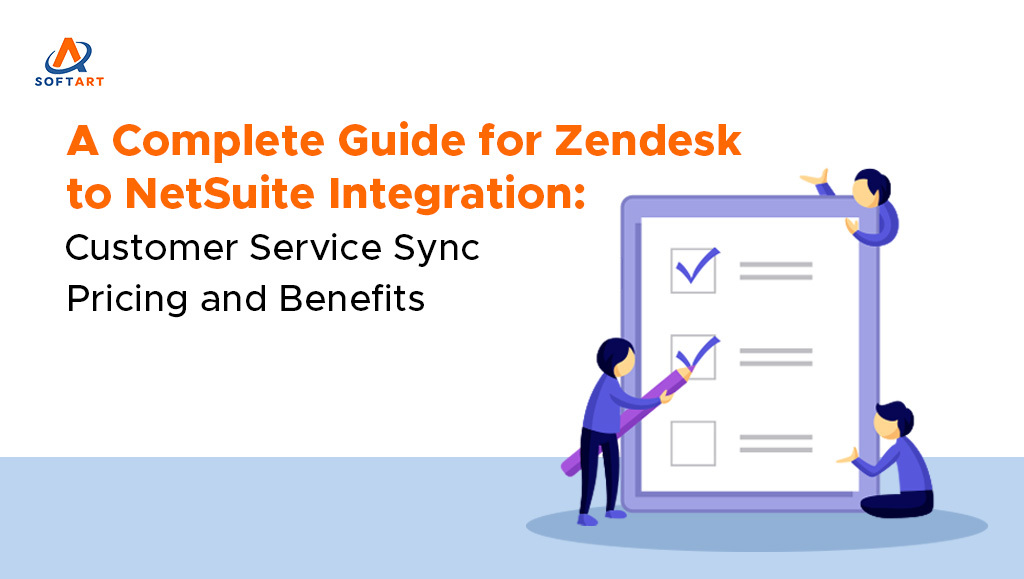Think Your ERP Is Safe from Hackers? One Missed Update Could Shut Down Your Entire Business.
When hackers infiltrate your network, they aren’t just looking for credit card details or personal data. Increasingly, they’re targeting what truly runs your business — your Enterprise Resource Planning (ERP) system. A single vulnerability can allow ransomware to take control, encrypt your data, and freeze your operations.
Knowing how to safe ERP from hackers has become a critical priority, as these attacks don’t just target isolated systems — they disrupt the interconnected backbone of your entire enterprise. When one ERP module is compromised, the effects ripple across departments — from procurement and inventory to human resources and financial accounting.
ERP ransomware attacks aren’t a hypothetical risk — they’re a rapidly escalating reality that’s reshaping cybersecurity priorities across industries.
What Makes ERP a Prime Target — and How to Safe ERP from Hackers
ERP systems power critical business functions — from finance and HR to supply chain and CRM — making them prime targets for ransomware. A single breach can cripple operations, expose sensitive data, and force costly downtimes.
Why Attackers Target ERP:
- Centralized Control: One entry point grants access to the entire business ecosystem.
- High-Value Data: Financials, HR files, and customer data are lucrative for attackers.
- Operational Leverage: Disruption of core processes pressures companies into paying.
- Slow Patching: Custom setups often delay critical updates, leaving systems vulnerable.
Interconnected systems and weak third-party links only increase exposure.
How to Safe ERP from Hackers:
Preventive measures like timely patching, restricted access, secure integrations, and continuous monitoring are essential. Building ERP-specific security into your broader strategy is key to staying protected.
The Devastating Cost of a Compromised ERP
When ransomware hits an ERP, the damage goes beyond ransom payments. Companies face:
- Extended Downtime: Even a few hours of lost operations can cost millions. For global businesses, that cost is multiplied across time zones.
- Compliance Violations: Breaches can lead to violations of regulations such as GDPR, HIPAA, or SOX — with hefty penalties.
- Loss of Trust: Customers, vendors, and stakeholders may question the organization’s ability to safeguard data and maintain business continuity.
- Recovery Costs: Rebuilding data, restoring systems, and enhancing security post-incident can take months and cost millions.
These consequences aren’t limited to large enterprises. Mid-sized firms using cloud-based ERP systems are equally vulnerable, especially if they lack dedicated cybersecurity teams.
Not Just IT’s Problem: It’s a Business Risk
Business leaders often assume the IT team has ERP security under control. But ERP systems span departments, processes, and even third-party integrations. That makes their security everyone’s responsibility — especially at the leadership level.
Business decision-makers must understand how their areas of operation tie into ERP systems and how vulnerabilities in their workflows — like poor password hygiene or unapproved third-party tools — can increase the risk of an attack.
Security awareness must become a cultural priority, driven from the top down. Cybersecurity investments should not be viewed as discretionary IT expenses but as vital components of enterprise risk management.
How Ransomware Enters Your ERP Ecosystem?
Hackers don’t usually barge in through the front door. They wait for the back window to open. Here’s how:
- Phishing Emails: Lure employees into downloading malware by mimicking legitimate vendors or internal communications.
- Unpatched Systems: A missed update is a welcome mat for hackers, especially for widely known CVEs.
- Third-party Integrations: ERP systems often rely on a mesh of integrated applications — each a potential attack vector.
- Stolen Credentials: Brute-force attacks, credential stuffing from previous data leaks, and insider threats all contribute.
- Malicious Scripts or Plug-ins: Many organizations use custom modules or third-party plug-ins, which, if not vetted, can become gateways for exploitation.
Real-World Scenarios: When ERP Goes Dark
In multiple documented ransomware incidents, organizations experienced crippling disruptions as entire business operations were brought to a standstill due to compromised ERP systems. For example, a global manufacturing company faced a ransomware attack that halted operations across over 150 locations, leading to manual intervention and operational delays. Another city municipality suffered an ERP-related breach, which disrupted its finance, HR, and public services departments, with recovery costs estimated to exceed tens of millions.
These real-world scenarios reveal the critical dependency businesses have on ERP platforms and highlight the profound consequences of inadequate cybersecurity measures.
The financial toll? Often in the tens of millions — not to mention the intangible but devastating impact on brand equity, customer loyalty, and stakeholder trust. A single breach can lead to clients severing ties, delays in supply chain operations, and long-term reputational damage that could take years to repair. For many businesses, the cost of recovery extends far beyond IT and directly affects strategic growth and market competitiveness.
Best Practices: How to Safe ERP from Hackers
1. Conduct a Full ERP Security Audit
Map out all modules, integrations, and access points. Include both technical vulnerabilities and procedural gaps.
2. Harden Access Controls
Limit privileges based on job functions. Monitor admin activities, enforce password policies, and enable role auditing.
3. Implement Regular Patch Management
Coordinate with your ERP vendors and apply patches as part of a standardized change control process.
4. Encrypt Data At-Rest and In-Transit
Use industry-standard encryption protocols such as AES-256 and TLS 1.3. Encrypt sensitive configuration files and backups.
5. Monitor in Real-Time
Implement SIEM tools to detect unusual access patterns, data movement, or configuration changes.
6. Backup Everything — the Right Way
Adopt a 3-2-1 backup strategy. Store backups offline and use immutable storage to protect against tampering.
7. Segment Networks
Use VLANs and firewalls to isolate the ERP system from general internet-facing networks.
8. Train Staff Relentlessly
Develop customized training for ERP users. Include phishing simulations and sessions on secure third-party integrations.
Oracle Cloud ERP: The Integration Security Factor
Oracle ERP Cloud is a powerful enterprise solution, but its complexity opens doors to integration-related risks.
Risk Points to Watch:
- Poor API Management: Exposed endpoints and weak authentication.
- Shadow IT: Unofficial SaaS tools connected to Oracle ERP via unmonitored channels.
- Overlooked Customizations: Custom scripts, if insecure, can bypass security controls.
What You Can Do:
- Work with Oracle cloud ERP consulting firms that understand cloud-native threats and configuration best practices.
- Use best practices for oracle ERP cloud integration, including secure token-based authentication, encrypted payload delivery, and throttling to prevent DoS attacks.
- Maintain an integration registry and review third-party apps regularly.
Why Prevention Beats Recovery — and How SoftArt Keeps You Protected
A well-guarded ERP isn’t just a technical asset — it’s a strategic shield for your business. The cost of prevention is minimal compared to the financial, operational, and reputational damage caused by ransomware attacks. It’s not only about safeguarding data but also ensuring business continuity, client trust, and operational integrity.
Security should never be a one-time checklist. It must be a continuous process, embedded into your ERP governance — from implementation and integrations to ongoing updates, monitoring, and audits.
That’s where SoftArt comes in with deep expertise in Oracle ERP Cloud implementation, we offer end-to-end ERP consulting focused on secure configurations, timely patching, and proactive defense strategies. Whether your systems are cloud-based, on-prem, or hybrid, we ensure your ERP remains scalable, resilient, and ready to withstand modern cyber threats.
Don’t Wait Until It’s Too Late!
Ransomware doesn’t knock politely. It sneaks in through neglected patches, unmonitored APIs, or distracted employees. ERP systems are mission-critical — and that makes them the perfect leverage for hackers.
If you’re serious about business continuity, security must be baked into your ERP — not bolted on as an afterthought. Know your risks, strengthen your defenses, and don’t hesitate to work with specialists who understand how to safe ERP from hackers at every layer.
The risk is real. But with strategic investments in people, processes, and technology, the solution is within reach.
FAQS:
Q. Why do hackers target ERP systems?
Ans. ERP systems hold a wealth of valuable data and control business-critical operations. Disrupting them puts immense pressure on companies to pay ransoms quickly.
Q. Are cloud ERP systems like Oracle ERP Cloud vulnerable to ransomware?
Ans. Yes. While cloud systems are generally secure, improper configurations, weak API security, and third-party integrations can expose them to ransomware attacks.
Q. What is the financial impact of ERP ransomware attacks?
Ans. Companies can lose millions in downtime, face regulatory fines, and suffer long-term reputational damage that affects growth and client retention.
Q. How can businesses prevent ransomware from entering ERP systems?
Ans. Best practices include timely patching, access control, employee training, secure integrations, and continuous monitoring with SIEM tools.
Q. Can mid-sized businesses be affected by ERP ransomware?
Ans. Absolutely. Cyber attackers do not discriminate based on size — mid-sized firms often lack dedicated cybersecurity teams, making them easier targets.




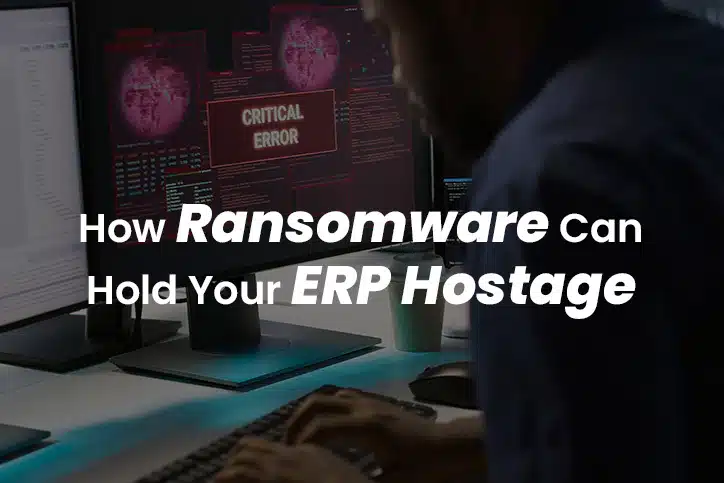
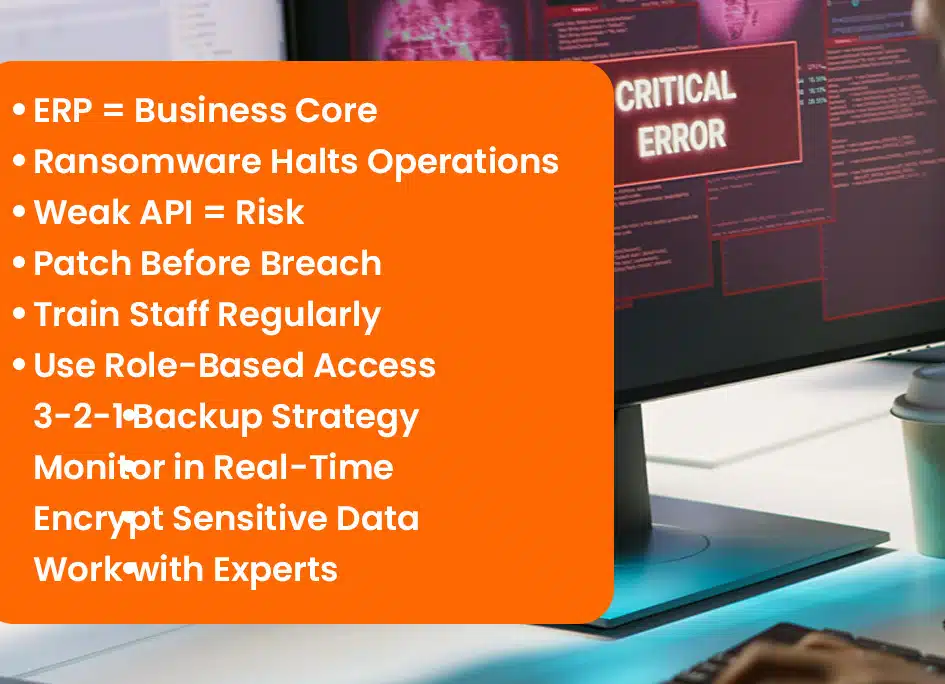
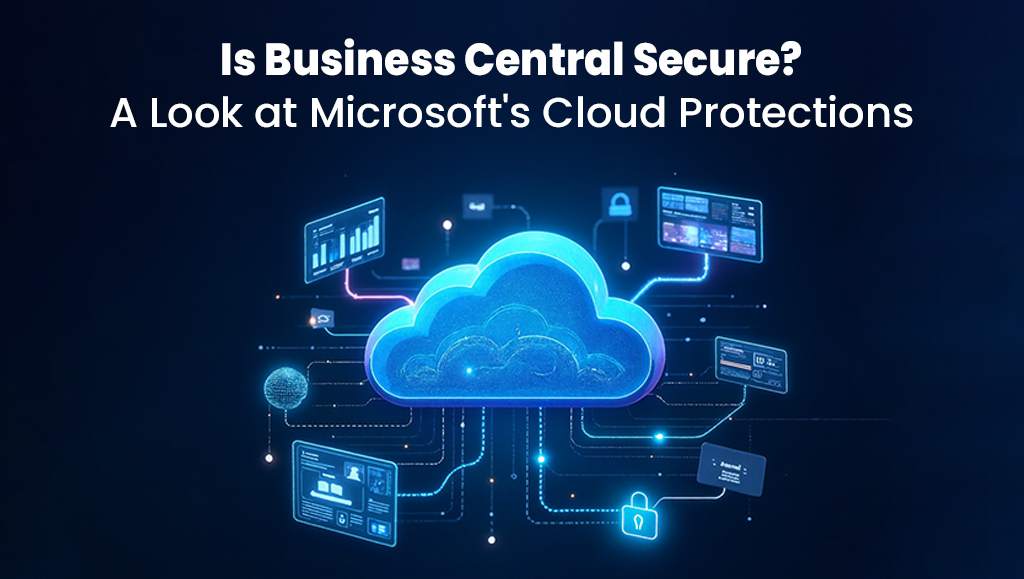
![Duplicate Data in Dynamics 365 [What It Costs and How to Fix It]!](https://softartsolutionsinc.com/wp-content/uploads/2025/12/duplicate-data-in-dynamics-365-what-it-costs-and-how-to-fix-it.jpg)
